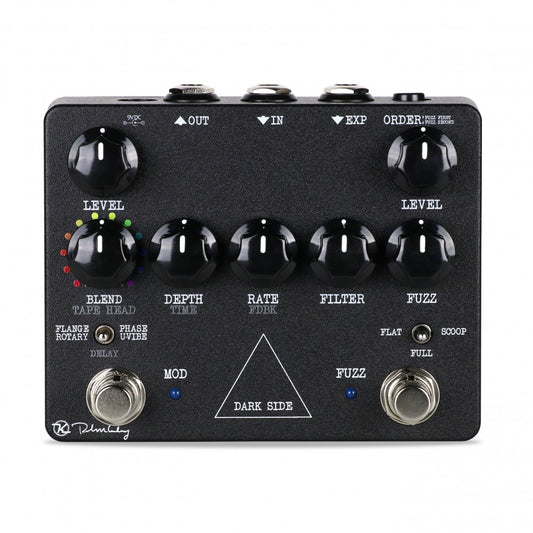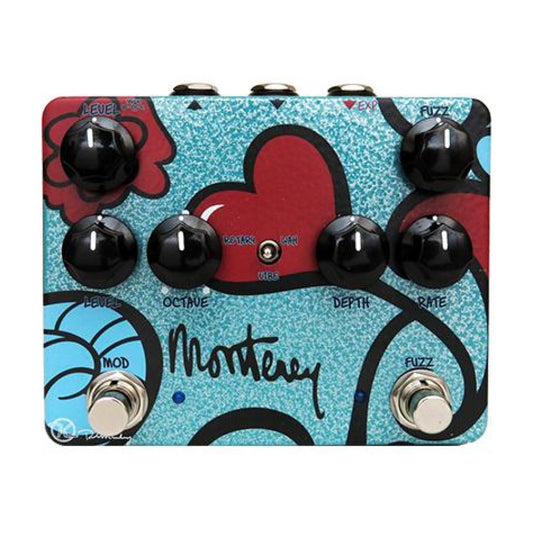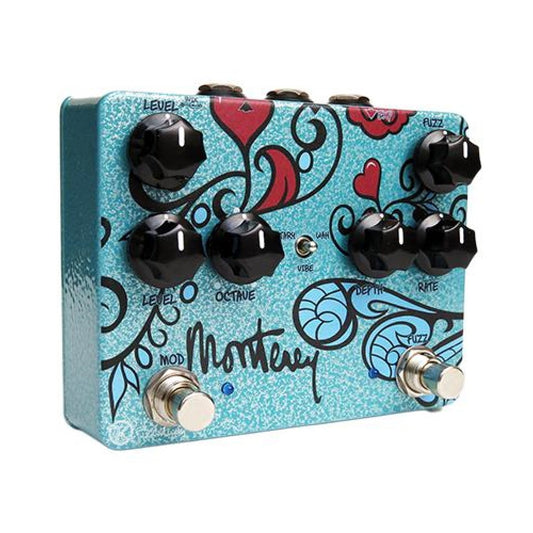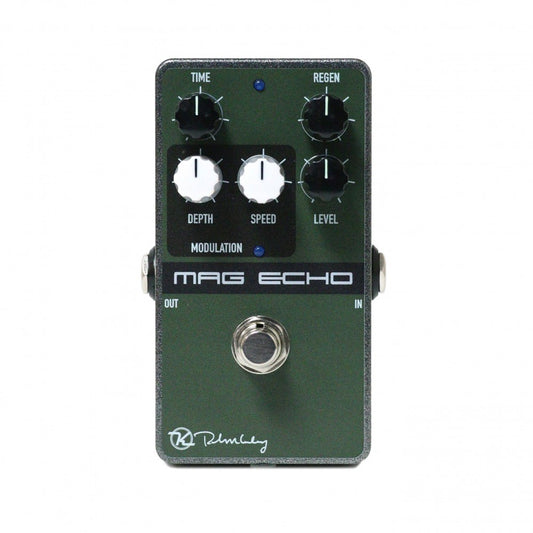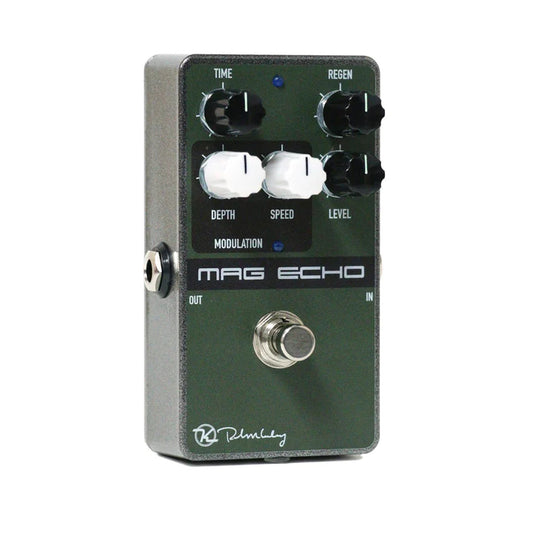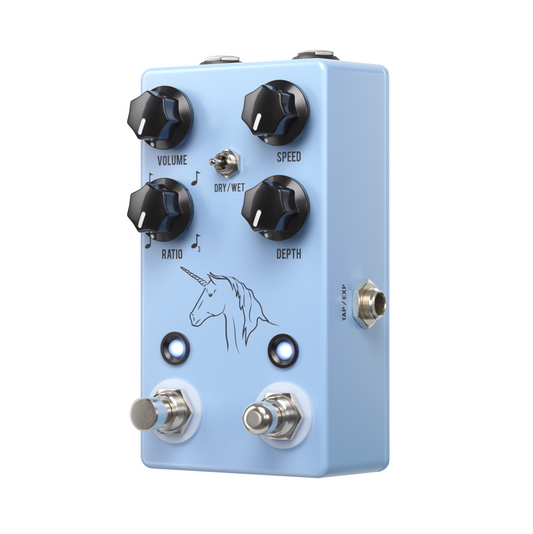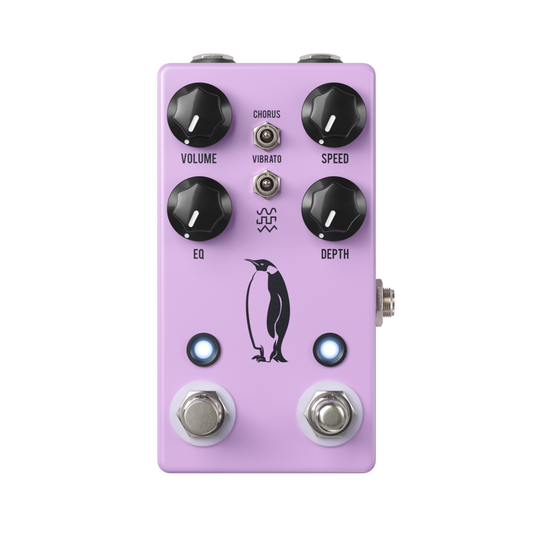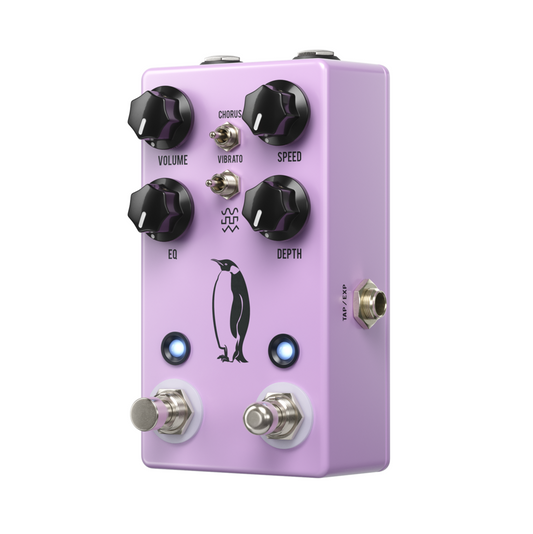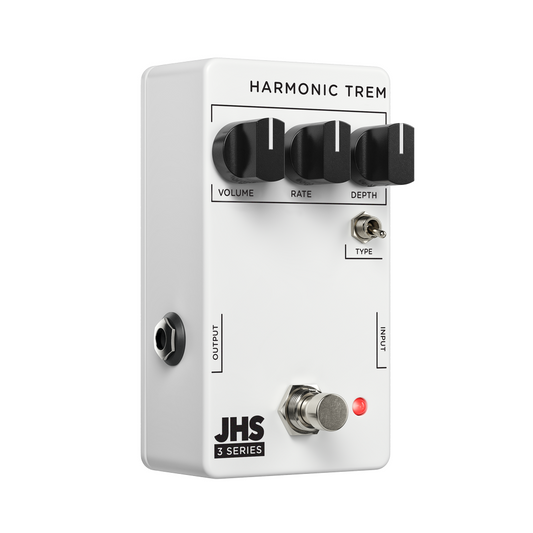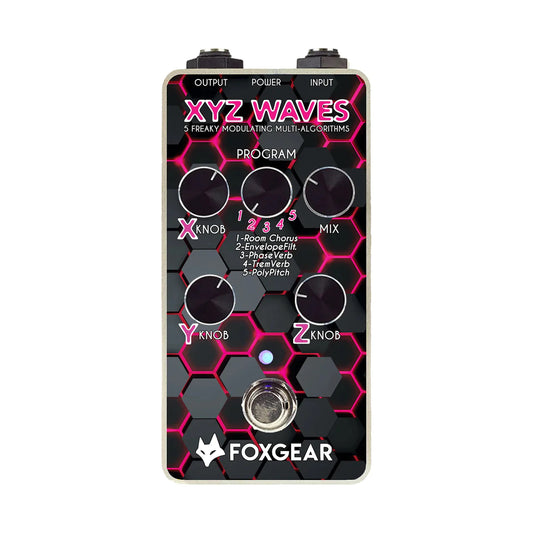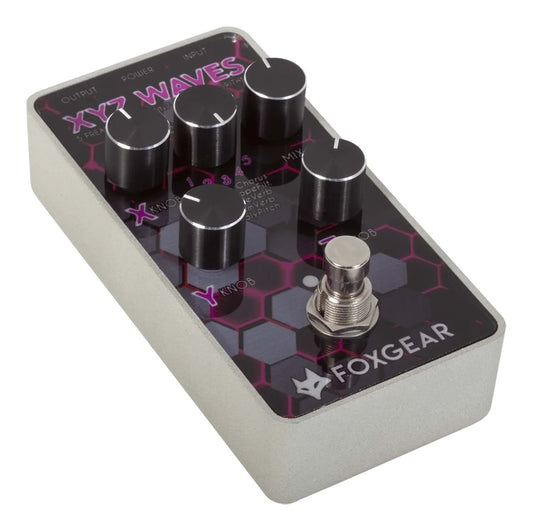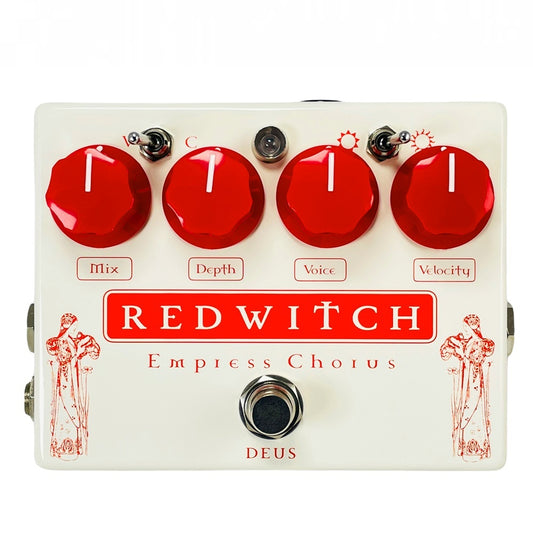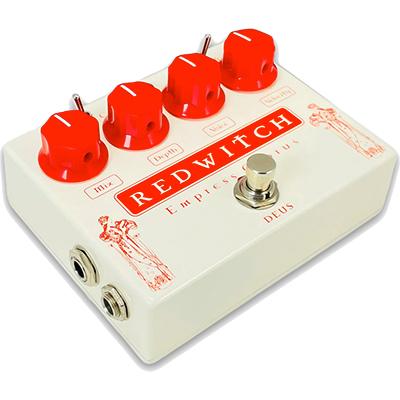Are you planning on picking up new guitar modulation pedals in the near future? These pedals offer a wide range of tones and effects, so you have to be willing to experiment and combine multiple modulation effects to create intricate and captivating sonic landscapes.
Guitar modulation pedals are a type of pedal that allows guitarists to modulate and alter the sound of the guitar signal. They can alter the signal in numerous ways, adding texture and movement to the sound. These effects pedals effectively create swirling and dynamic effects. It does so by manipulating different parts or aspects of the signal, including time, amplitude, and pitch. This type of guitar pedal creates several different modulation effects that deliver unique sonic characteristics including flanger, phaser, chorus and vibrato. They come in traditional analog or versatile digital types.
What Does a Guitar Modulation Pedal Do?
A guitar modulation pedal is an effects pedal, to put it simply and is capable of altering the guitar’s sound signal. It does so by introducing variations in amplitude, time and pitch. The beauty of these variations is that the modulation pedal will add dynamic character to your guitar’s sound. It turns a typical guitar tone into something interesting and complex.
The variations in tone add texture, depth and movement to the sound, which alters the signal in exciting and unique ways.
The types of effects created by guitar modulation pedals include:
- Chorus
- Flanger
- Phaser
- Tremolo
- Vibrato
- Rotary Speaker
- Uni-Vibe
Modulation effects have a number of common controls and parameters plus some that are unique to a specific type of modulation effect. The controls and parameters can include:
- Rate/Speed
- Depth/Intensity
- Level/Blend
- Feedback/Regeneration
- Pre-delay
- Tone
Where Does a Modulation Pedal Go in the Chain?
Guitarists are presented with a few options to consider when adding a guitar modulation pedal within the signal chain. They include:
- Before Time-based Effects – Placing these pedals before time-based effects like reverb or delay is the most common approach. Adding modulation effects like a phaser, chorus or flanger creates texture and movement to a dry signal to create an atmospheric tone.
- After Dynamics Effects – Place modulation pedals after dynamics effects like compressors and boosts, to deliver a smoother modulation effect. The dynamic effects will shape the signal before entering the modulation pedal, which leads to a consistent and controlled sound.
How to Choose a Guitar Modulation Pedal
The best tips for choosing guitar modulation pedals include:
- Decide whether you’d like a traditional analog modulation pedal or one built on versatile digital technology
- Chose a pedal with an excellent reputation
- Choose one manufactured by a brand you trust
- Find a pedal with plenty of positive reviews and testimonials
This should be enough to help you choose the perfect guitar modulation pedal to meet your needs.

